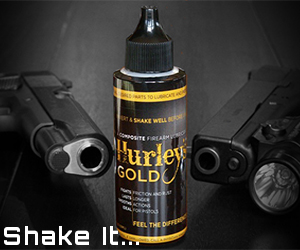So, I'm a new reloader and I have 2 questions:
1) In my reloading book, it says that the overall length should be 2.260 at the max for .223 (I assume these are SAAMI specs), so, what's the MINIMUM? I ask because I have some Hornady rounds that measure around 2.150 and it seems to be because the tips of the bullets are just flatter. Should I just push the bullet down until the case neck reaches that line that's in the middle of the bullet or just keep it between whatever the minimum is and 2.260?
2) Some of my casings are resized way to much because, out of 50 bullets, 3-5 of them will either wiggle up and down slightly or will just completely fall in (which is tedious because now I have to pull the bullets, change out my bullet seating die for the crimper, narrow the case neck with the crimper, then try to reseat the bullet and that sometimes doesn't work either). I'm screwing in the resizing die exactly as the Lee instructions say but sometimes I really push down hard on the press when using the resizing die on a spent casing. What am I doing wrong?
1) In my reloading book, it says that the overall length should be 2.260 at the max for .223 (I assume these are SAAMI specs), so, what's the MINIMUM? I ask because I have some Hornady rounds that measure around 2.150 and it seems to be because the tips of the bullets are just flatter. Should I just push the bullet down until the case neck reaches that line that's in the middle of the bullet or just keep it between whatever the minimum is and 2.260?
2) Some of my casings are resized way to much because, out of 50 bullets, 3-5 of them will either wiggle up and down slightly or will just completely fall in (which is tedious because now I have to pull the bullets, change out my bullet seating die for the crimper, narrow the case neck with the crimper, then try to reseat the bullet and that sometimes doesn't work either). I'm screwing in the resizing die exactly as the Lee instructions say but sometimes I really push down hard on the press when using the resizing die on a spent casing. What am I doing wrong?






